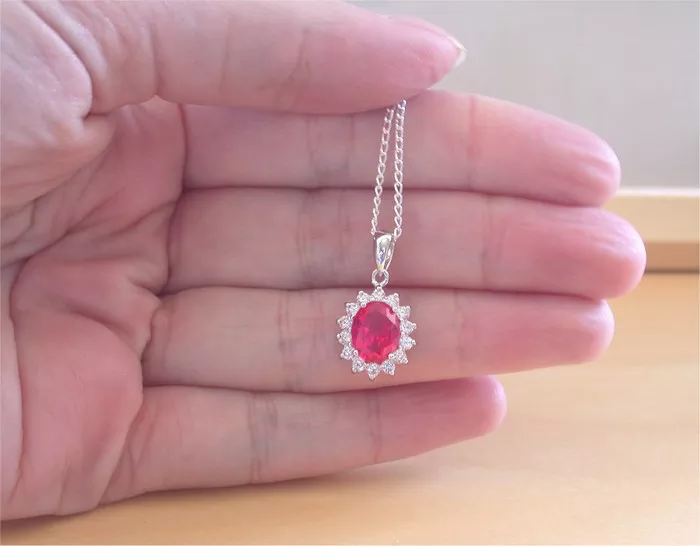Diamonds are celebrated for their clarity, durability, and timelessness, often associated with love and engagement rings. While the classic image of a diamond conjures a nearly colorless gem with a brilliant shine, diamonds can come in a dazzling array of colors, and the rarest among them can be valued at millions of dollars.
So, what exactly is the rarest diamond color on our planet? It’s red. Red diamonds are exceptionally scarce and elusive, captivating the imagination of gem enthusiasts worldwide. The discovery of red diamonds has a storied history, with the remarkable tale of a Montana rancher and diamond collector named Warren Hancock. In 1956, Hancock acquired a 0.95-carat red diamond for $13,500. Over three decades later, in 1987, he sold it for over $926,000 per carat, marking the first recorded instance of a high-quality red diamond being auctioned.
Presently, there are a mere 20-30 known red diamonds in existence, with most weighing less than half a carat. However, the title of the largest red diamond in the world belongs to the Moussaieff Red Diamond, a breathtaking 5.11-carat gem unearthed by a Brazilian farmer in the Abaetezinho River during the 1990s.
Assessing the appearance of red diamonds involves evaluating their hue, tone, and saturation. Some red diamonds can display secondary colors, such as brown, orange, or purple, but a pure red diamond, devoid of secondary hues, commands the highest value.
Red diamonds, unlike many other minerals, do not derive their color from chemical elements like copper or manganese. Instead, their striking hues stem from chemical impurities within the diamond’s carbon structure, which induce specific absorptions in visible light, leading to their unique coloration.
The precise source of a red diamond’s color remains a subject of debate. However, a prevalent theory suggests that red diamonds share their color-forming mechanism with pink diamonds but at a more concentrated level. Pink diamonds develop due to a plastic deformation occurring in the crystal lattice structure while the diamond is forming deep within the Earth.
Red diamonds are primarily found in locations that yield pink diamonds, with the prominent Argyle diamond mine in Kimberley, Western Australia, being a significant source. Notable red diamonds have also been unearthed in Brazil, Russia, and various African nations. For example, the Moussaieff Red Diamond and the Hancock Red Diamond both have roots in Brazil, while the second-largest red diamond globally, the Kazanjian Red Diamond, was discovered in South Africa during the 1920s.
As expected, the rarity of red diamonds translates into exorbitant price tags. Red diamonds are the most expensive diamonds globally and typically fetch approximately $1 million per carat, according to the International Gem Society. The famed Moussaieff Red Diamond, now owned by Moussaieff Jewellers Ltd., is rumored to have been purchased for around $8 million.
While red diamonds reign as the rarest in the world, other diamond colors are also highly coveted. Pink diamonds, while not as valuable as their red counterparts, remain incredibly rare, with only an estimated 500 gem-quality pink diamonds yet to be discovered. The majority of pink diamonds are found at the Argyle Mine in Western Australia, with one-carat pink diamonds ranging from $100,000 to $1 million.
Blue diamonds, like their red and pink counterparts, are exceptionally rare. They owe their distinctive color to trace amounts of boron. The average one-carat medium-toned blue diamond costs approximately $200,000. The most expensive blue diamond ever sold reached an astonishing $57.5 million for a 14.2-carat fancy vivid blue diamond. Blue diamond mines are scattered across South Africa, Australia, and India, adding to the allure of these rare and magnificent gems.


